
The Salem witch trials took place in colonial Massachusetts between 1692 and 1693 and are one of the most famous events in American history. During this time, over 200 people were accused of witchcraft. Nineteen people were executed by hanging, and one man died under torture. But why did this happen?
The Role of Ergot Poisoning
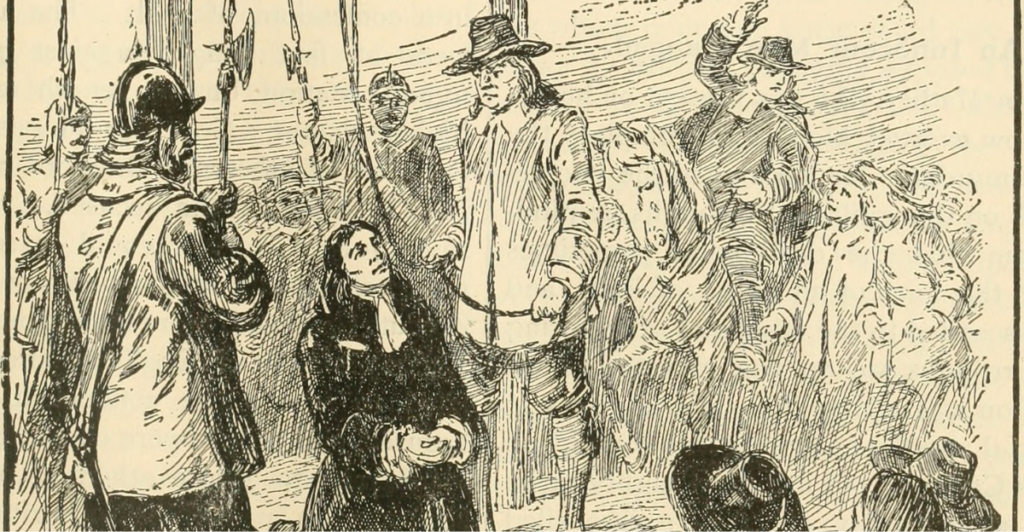
One theory that has been proposed to explain the bizarre behaviors of the accusers during the Salem witch trials is ergot poisoning. Ergot is a fungus that infects rye and other grains, which then produces alkaloids that can cause convulsive ergotism when it is ingested. This causes hallucinations, muscle spasms, and other neurological symptoms that could have been misinterpreted as signs of witchcraft.
Linnda Caporael’s Research
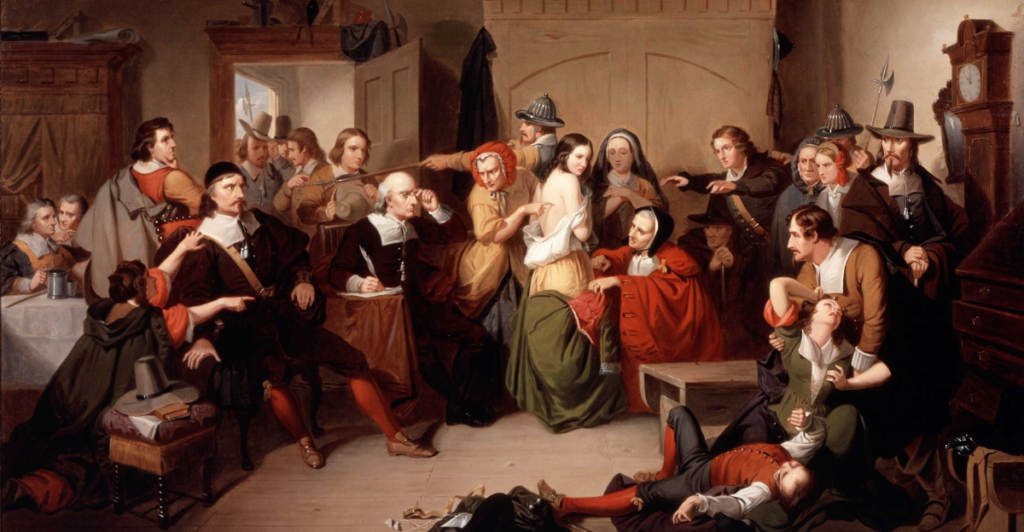
Linnda Caporael is a behavioral psychologist, and she was one of the first people to suggest a link between ergot poisoning and the Salem witch trials. She has stated that the symptoms described by the accusers were consistent with those of ergotism. She also stated that the weather conditions in Salem during 1691 were conducive to ergot growth, as the fungus thrives in warm, damp environments.
Historical Context of Ergotism
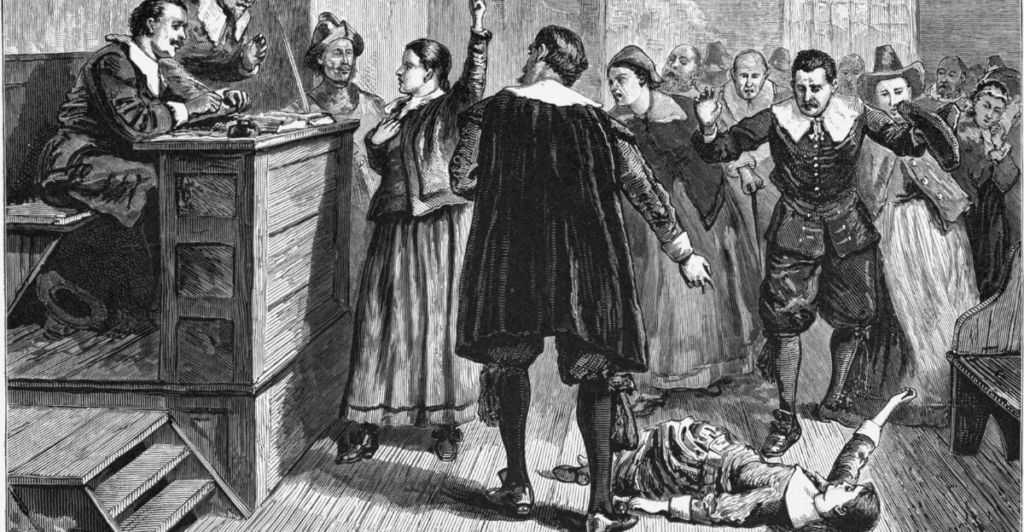
Ergotism, also known as “St. Anthony’s Fire,” has been recognized throughout history. It was named after a medieval order that cared for people who had been affected. The condition can cause serious symptoms like gangrene and convulsions and has led to mass poisonings in Europe. Some people believe that ergot may have played a role in the Salem witch trials, which offered a possible explanation for the strange behaviors that were seen at the time.
Symptoms of Ergot Poisoning
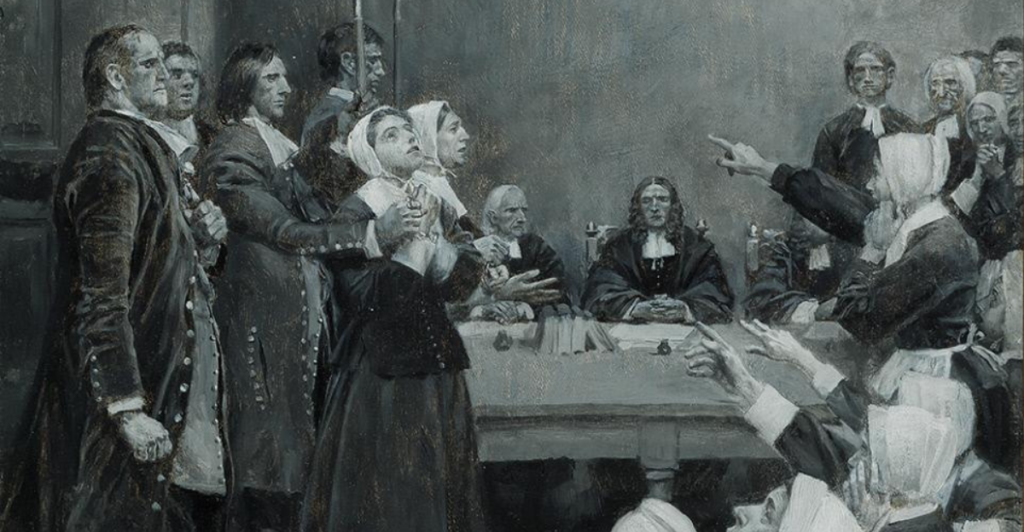
The symptoms of this poisoning include hallucinations, muscle spasms, vomiting, and strange crawling sensations on the skin. These symptoms were very similar to those described by the accusers during the witch trials, who reported being pinched, pricked, and experiencing uncontrollable fits.
The Environment of Salem Village
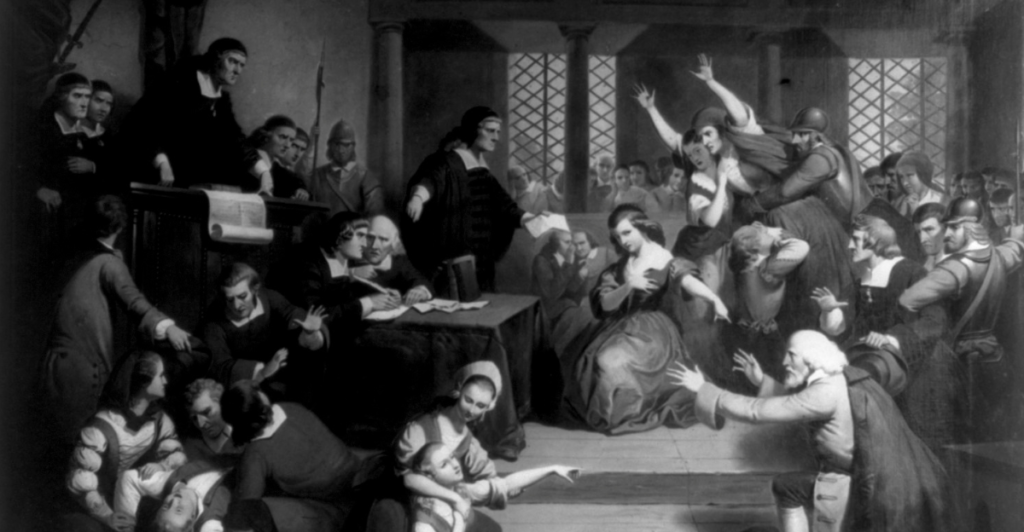
The trials took place in Salem Village. This area had swampy meadows that would have been perfect for ergot growth. The people in this village relied on rye as a staple grain, which increased the risk of ergot contamination. In 1691, the area experienced a warm and wet spring, which would have been the perfect conditions for the fungus to grow.
Criticisms and Controversies
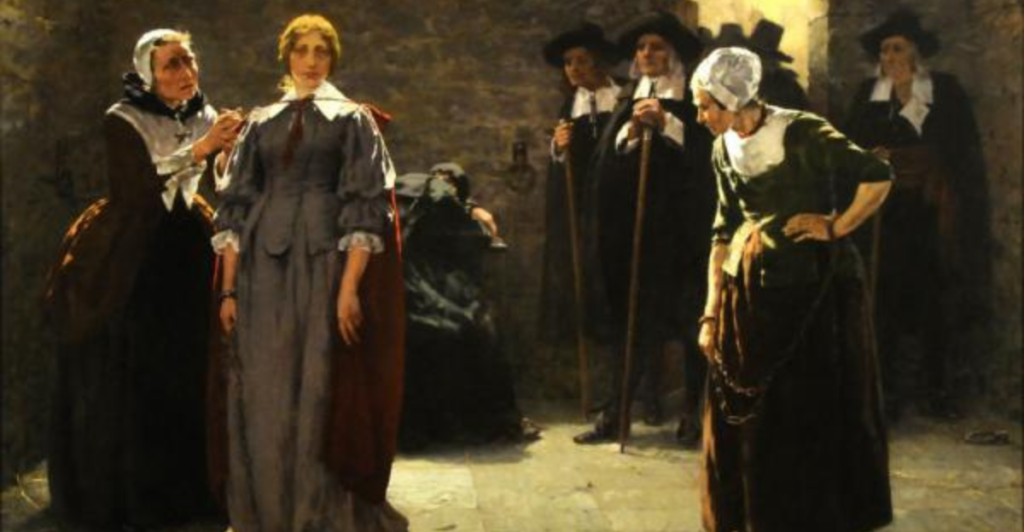
Despite all the evidence, this theory remained controversial. Many argue that ergot poisoning was widespread, more people should have been affected, and the symptoms should have been more consistent across the population. This theory also does not explain why the hysteria was so localized or why it led to such extreme accusations of witchcraft.
Alternative Explanations
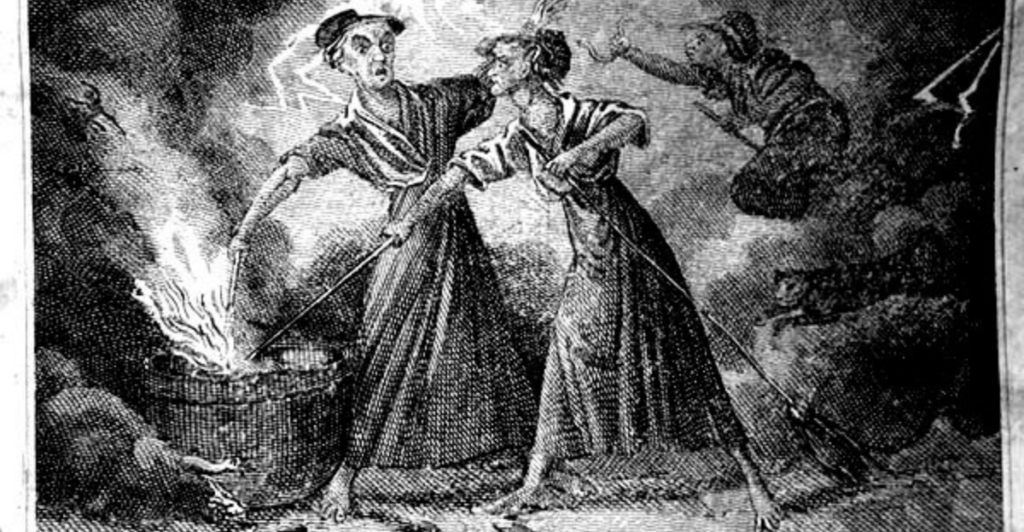
Other explanations for the Salem witch trials include social and psychological factors, like family feuds, economic tensions, and the influence of Puritan theology. This made for an environment of fear and suspicion that could cause mass hysteria. It also reflected wider societal anxieties about witchcraft and the devil, which were prevalent in colonial America.
Legacy of the Salem Witch Trials
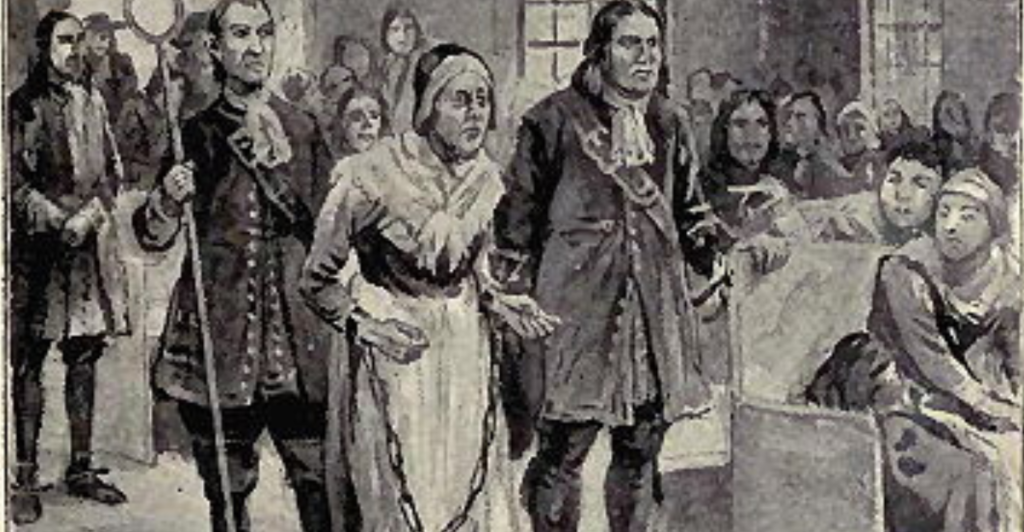
The Salem witch trials are a big reminder of how fear and mass panic can lead to dangerous consequences. They show us the need for clear thinking and reason during uncertain times. Historians and psychologists have studied these events to understand how social pressure and human psychology can cause tragic outcomes. While not everyone agrees with the ergot theory, it is another possible explanation for what happened.
Poisoned Rye
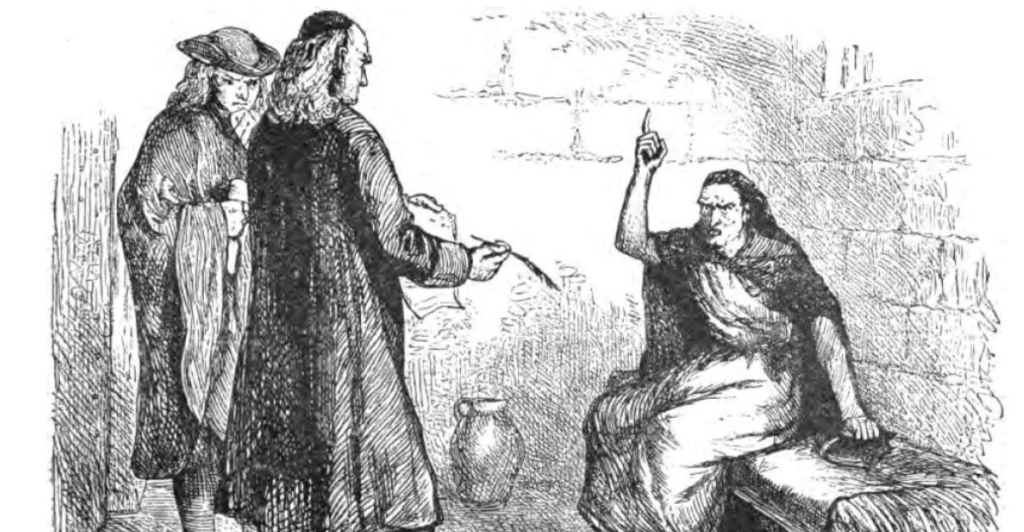
The idea that poisoned rye may have played a role in the Salem witch trials is an interesting theory, although it doesn’t fully explain the events. It shows why we should consider both environmental and physical factors along with social and psychological ones.
Sources:
Witches Curse – Clues and Evidence
Ergotism: The Satan Loosed in Salem?
The Salem Witch Trials’ Accused May Have Fallen Victim To Moldy Bread








